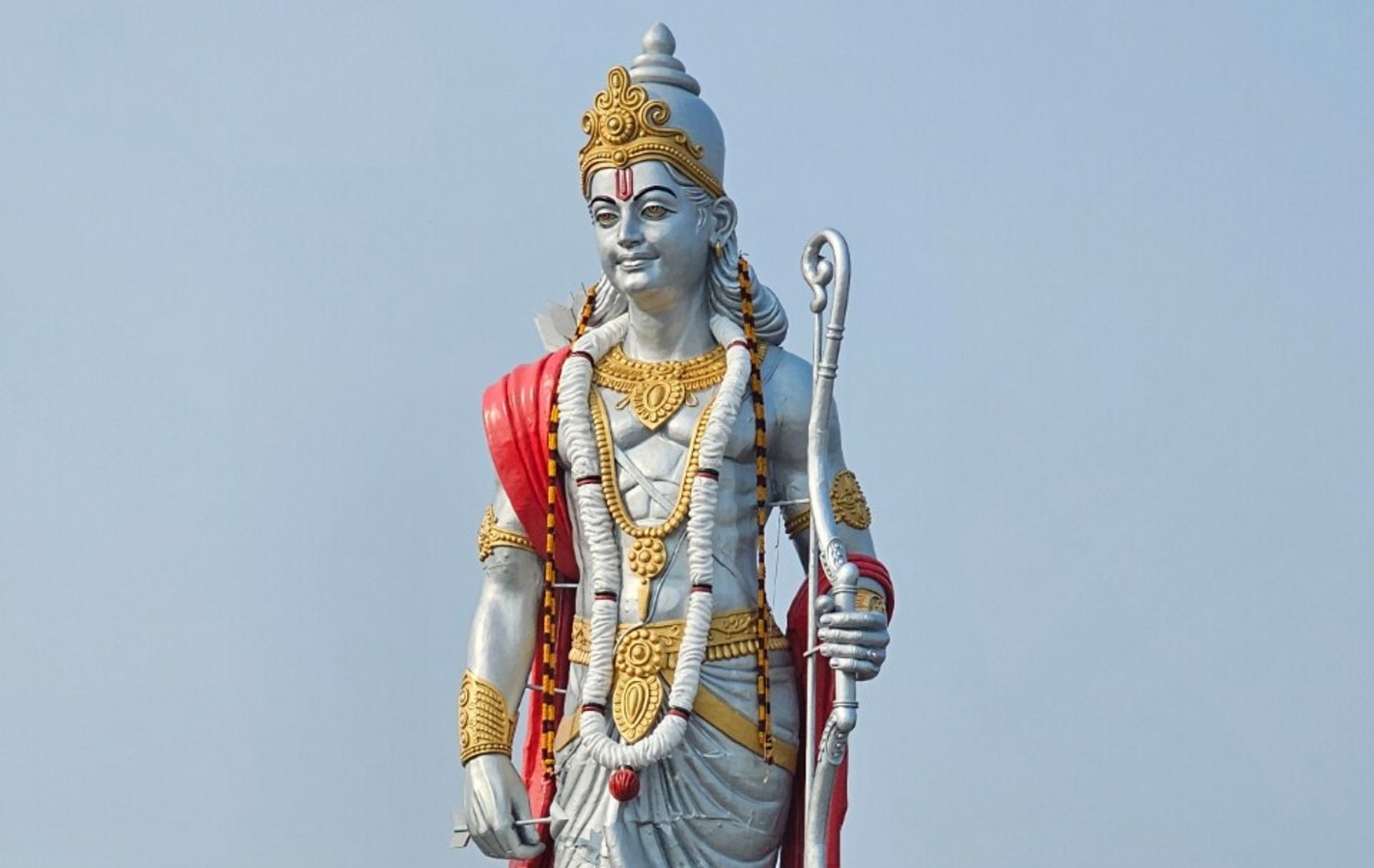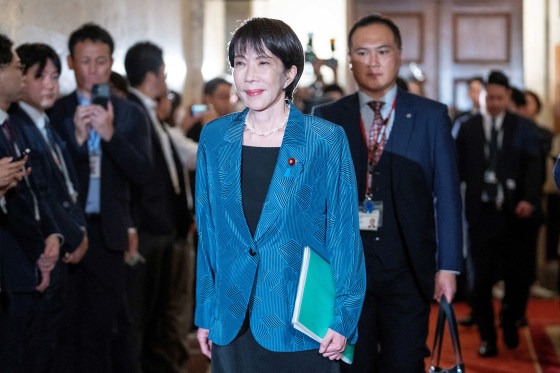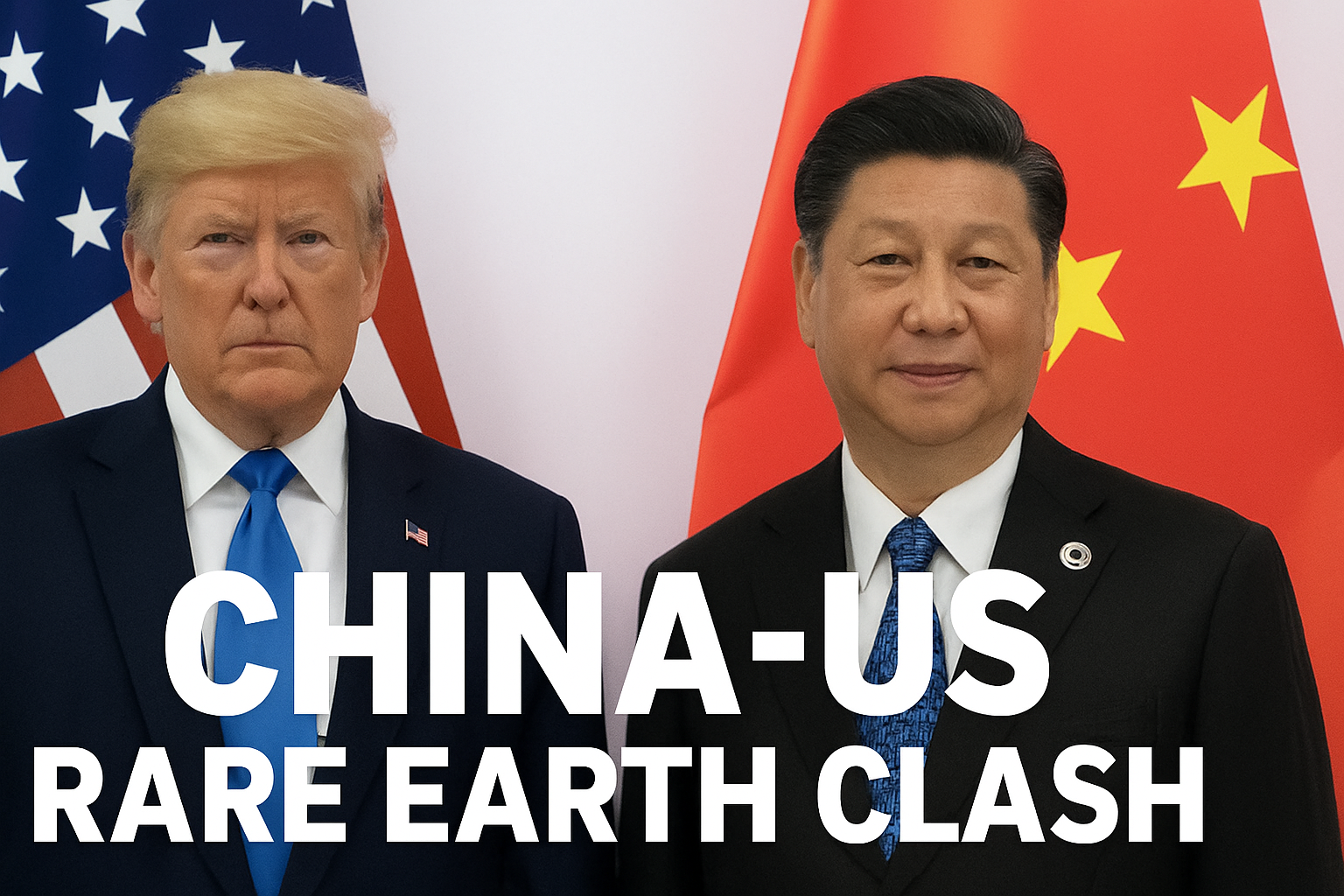.jpeg)
The Long Shadow of Naxalbari
The genesis of India's most persistent internal conflict, Left-Wing Extremism (LWE), lies in a simple agrarian uprising in the village of Naxalbari, West Bengal, in 1967. It was sparked by landless peasants rising against exploitative landlords, quickly transformed into a revolutionary movement inspired by the Maoist ideology of a "protracted people’s war."
Propelled by charismatic figures like Charu Majumdar and Kanu Sanyal, the initial fire of Naxalism spread rapidly. Its core promise resonated with the most vulnerable: the landless poor, marginalized tribal communities, and Dalits in India’s most underdeveloped regions. The belief was that the Indian democratic state was fundamentally "semi-feudal and semi-colonial," and could only be overthrown through armed struggle, establishing a "New Democratic Revolution."
The Red Corridor's Peak: Unity and Terror
For decades, the movement fractured and regrouped. However, its most formidable phase began in 2004 with the unification of the People's War Group (PWG) and the Maoist Communist Centre (MCC) into the Communist Party of India (Maoist) or CPI (Maoist). This fusion created a centralized guerrilla force with a unified command, capable of coordinating attacks across a vast swathe of central and eastern India, chillingly dubbed the "Red Corridor."
At its zenith, the CPI (Maoist) controlled significant territory, running parallel governments, collecting taxes, and enforcing "justice" in remote forest zones, particularly the Dandakaranya forest in Chhattisgarh. The insurgency became notorious for its violence—ambushes on security forces, assassinations of political leaders, and the widespread destruction of crucial public infrastructure, effectively halting development in its strongholds.
The Endgame: A Coordinated Offensive
Today, the tide has definitively turned. Recent official assessments and field reports confirm that the movement is experiencing its terminal phase, a direct result of a comprehensive, unwavering strategy adopted by the Central and State governments. This is not merely a security crackdown, but a three-pronged thrust:
1. Decapitation of the Command Structure
The insurgency has been hollowed out from the top. Through relentless intelligence-led operations, the security forces have decimated the senior leadership. The Central Committee and Politburo have been drastically reduced, with many veteran commanders, some of whom were the movement's ideological architects, now either arrested, killed, or forced to surrender. The recent killings of high-value targets, including the death of former general secretary Nambala Keshava Rao, and the arrest of other top leaders like Mallojula Venugopal Rao have left the movement critically fractured, with remaining leaders often aging and ailing.
2. Isolation and Surrender
The sheer number of surrenders marks the clearest sign of defeat. Hundreds of cadres, disillusioned with the violence, coercion, and the failure of their political project, have laid down arms. Government surrender and rehabilitation policies, coupled with sustained pressure from security forces, have made joining the mainstream a far more appealing option than continuing the armed fight. This mass exodus from the ranks reflects a crisis of faith and logistics within the organization.
3. Development as a Counter-Ideology
The most crucial long-term strategy involves aggressively filling the governance vacuum that allowed the Maoists to thrive. By fast-tracking infrastructure—building roads, establishing fortified security camps, and deploying essential services like schools and healthcare—the state has physically penetrated the former strongholds. This development push is a tangible demonstration of democracy's ability to deliver, fundamentally undercutting the Maoist narrative that only armed revolution can bring change to tribal and backward regions.
The collapse of the CPI (Maoist) is, therefore, a story of an ideological project that succumbed to both the state’s resolve and its own internal contradictions. Having traded its initial focus on people’s issues for brutality, coercion, and a narrow military approach, it ultimately alienated the very populace it sought to mobilize. The last remnants of the Red Corridor are shrinking, signaling a dramatic shift from a national crisis to an insurgency's final, fading act.


.jpeg)





.jpeg)






.jpeg)
.jpeg)
.jpeg)


